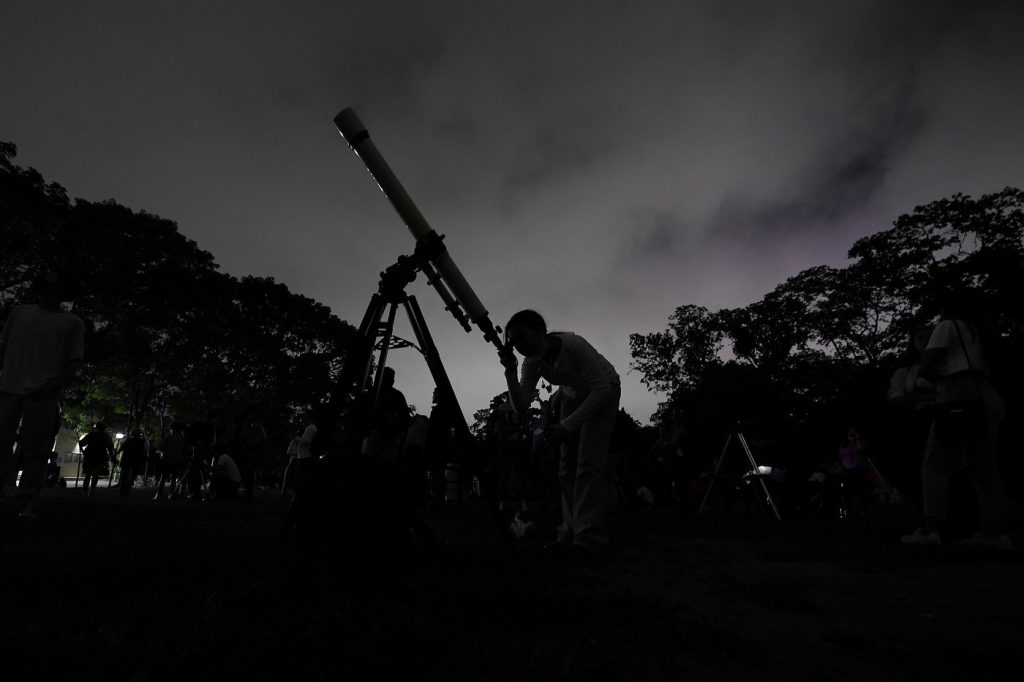This month, stargazers have the opportunity to witness a spectacular event known as a planetary parade, featuring six planets aligned in the sky. It is important to catch this celestial display, as it marks the final planetary parade of the year.
Planetary parades occur when multiple planets appear to line up in the night sky, creating a stunning visual effect. While these alignments are relatively common and can happen roughly every year, the visibility of the planets varies. NASA notes that at least one bright planet can often be seen on most nights, depending on weather conditions.
In January, enthusiasts were pleased to see six planets visible in the evening sky, while February offered a rare opportunity to view all planets of our solar system. However, not all planets are easily visible to the naked eye.
This month, four planets stand out as easily observable: Venus, Jupiter, Saturn, and a less bright Mercury. The best chance to spot these planets is anticipated over the next week. In contrast, Uranus and Neptune require the aid of binoculars or telescopes for observation, as they are not readily visible without assistance.
Notably, earlier this week, Venus and Jupiter had a close conjunction, appearing near each other in the eastern sky. Carolyn Sumners from the Houston Museum of Natural Science compared their proximity to "cat's eyes," illustrating the impressive sight they create when aligned.
Adding to the excitement, Mercury will reach its farthest point from the sun on Tuesday morning, making it easier to spot before it disappears into the sun's glare. This rare positioning allows observers to see Mercury just above the horizon, an event that can be fleeting as it will soon be obscured by sunlight.
For those wishing to witness this planetary showcase, the best time to step outside is shortly before sunrise. Looking eastward offers the most favorable view. Begin by searching for the bright pinpoints of Jupiter and Venus clustered together, while Saturn can be found positioned off to the side. Mercury will be hiding close to the horizon, racing to rise before the sun takes over the sky.
Justin Bartel, a representative from the Science Museum of Virginia, emphasizes that while these planets appear as "tiny pinpoints of light," they stand out as the brightest points in the sky and do not twinkle like stars do, making them easier to distinguish.
Before embarking on your stargazing adventure, ensure that the weather is clear and free from clouds. Additionally, seek out locations away from tall buildings that could obstruct your view of the celestial event.
As the month progresses, Mercury will once again slip behind the sun's glare, but it won't be alone. A crescent moon is expected to join the planetary parade, adding another layer of beauty to the night sky. The continuation of these celestial gatherings will reach another peak in February, promising further opportunities for skywatchers.












